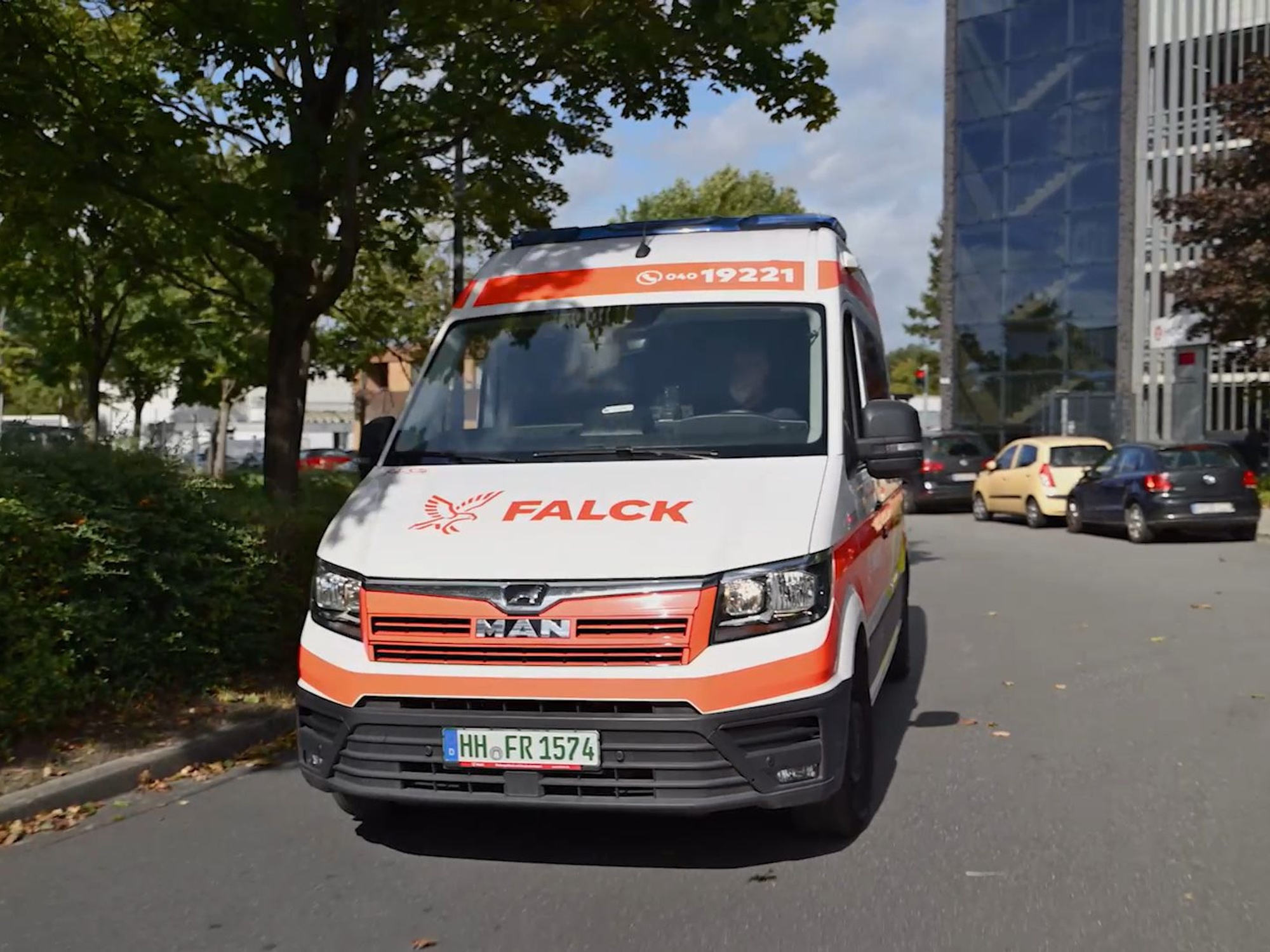RARE - Tom Pulles
For this episode of RARE I had the pleasure of speaking with Tom Pulles. Tom is a strategic, high-performance medical leader within the Biopharmaceutical environment with experience in Global & Regional Medical Affairs & Strategy, Medical Education, Evidence Generation, Patient Advocacy & Engagement, of which more than a decade in Rare Diseases.
Tom is a business minded, dynamic and strategic team leader & player with a strong sense of purpose, having progressed through companies such as Sanofi, Shire and Ultragenyx.
Tom’s Journey
Tom studied Medicine in the Netherlands and joined the pharmaceutical industry in 2002. In 2011, Tom moved from the Netherlands to Switzerland when started working for Shire. He was there for about a year in Hematology and Nephrology before moving across internally to rare diseases. Tom continues to work in rare diseases today and it is something he is really passionate about. At the time of the interview, Tom had just started his new position with Acadia Pharmaceuticals, a company focused on Rett Syndrome in Europe, a rare disease with no existing treatment.
Challenges of no existing treatment
In rare diseases but particularly in a disease space where there is no treatment available, there tends to be less engagement from industry, from patient advocacy groups, and a lack of funding. In these scenarios, it comes down to awareness and diagnosis. These are crucial for patient’s families and caregivers. If it is a rare/ultra-rare disease and there is no treatment available, oftentimes patients and their families/caregivers have to deal with these diseases themselves. Tom has experience in many disease areas and being with companies who are the first to enter the market and the caregivers, patients and physicians very much appreciated the collaboration and the awareness brought to the disease area.
The challenge is clearly on the diagnosis and awareness of the disease, including awareness in the wider sense amongst the payers and regulators. Alongside this is the understanding of the disease and with that, deciding and defining endpoints for clinical trials - something which can be very difficult. If you start early and do not know enough about the disease or how the current disease management is done, many times what you see is clinical trials that are designed with endpoints that might sound solid for regulators but then they are not feasible for clinical practice.
The positives
The gratitude and the willingness to collaborate. Tom has always remained close to the patient community and that is something he loves and is very passionate about. Patients feeling like there is some form of hope on the horizon. In Europe there is an additional challenge regarding the different languages spoken. Sometimes there is no formal advocacy group, it is perhaps a group of parents working together, they might not be able to speak to each other because they generally speak their local language. They are very willing to collaborate, and thankful for companies moving into this space to help them raise awareness and create a potential treatment option.
On the physician side, Tom talks about his start at Sanofi, beginning in a market where there are potentially 7-10 treatments available, and highlights how you really have to bang on doors to be able to speak to a physician, whereas in a rare disease community, where there is potentially no treatment there is more collaboration to create a partnership to discuss the disease, the clinical trials design or endpoints.
On the other hand, Tom talks about having the opportunity as an organization to trailblaze and be consistent and persuasive to get your endpoints and your trial to the finish line and then to have a treatment available for those patients and families in need where there is nothing available is so rewarding and what makes him get up in the morning. In the end the success is not just rewarding for him but also the company and the community.
Looking into the future
Amongst the excitement there have been a lot of setbacks in the rare disease space. In Europe, we have seen the pricing issues and the post-covid economic crisis across many countries that does not help. Companies need to rethink their long-term strategies and see it as more of a portfolio approach rather than an individual rare disease treatment where they want to get return of investment on one single program. For example, in Ultragenyx where Tom used to work. He talks about how they are a great example of trailblazing where they set out to have one or two ultra rare diseases in their pipeline, knowing it may not be commercially viable but spread out across multiple programs is really something where there is a huge need. We know there is around 7000+ rare diseases globally and only about 1000 of them being addressed.
In addition, in Europe the EMA, and the European Commission have just implemented a new EU pharmaceutical strategy. One of the key discussions is the unmet medical need vs the high unmet medical need (which there is still some discussion around definitions). High unmet medical need is basically by definition rare diseases where there is no treatment available and the regulators are proposing to have an extension of 2 years of exclusivity. So there are some incentives, it is still by no means easy and the pricing should be realistic and should not be on a one on one return on investment. In the end we should all work towards making the treatments available to all the patients’ needs as much as possible and we know that not everyone can pay for it, and the economics are different in Europe. We should at least have this in mind and not first and foremost generating revenue and setting a ridiculously high price as with gene therapy. Tom thinks there is always a middle ground where the mind should always be on the patient, how can we best serve them? But still making it commercially viable for the investors and for the community.
Tom concludes that there are multiple ways of moving into the rare disease space but it is crucial to not only enter the rare disease space because it sounds nice and you can ask for high prices, have it as a portfolio strategy and think of the long term and then it is really worth it and really rewarding.
Thank you to Tom for taking the time to feature on RARE.
All views expressed in this interview and blog episode are Tom’s own.
If you would like to be featured on a future episode, please get in touch – l.hulley@sciproglobal.com
This is a section for the article CTA.
Einblicke und Erfahrungen
unserer Mitarbeiter
Bereit für eine neue Rolle?
Oder auf der Suche nach frischem Talent?
Wir sind ein vertrauenswürdiger Partner für jeden Schritt von der Entdeckung bis zur Entwicklung. Egal, wo Sie sich auf Ihrer Reise befinden, wir sind hier, um Ihnen zu helfen, einen Unterschied zu machen.





